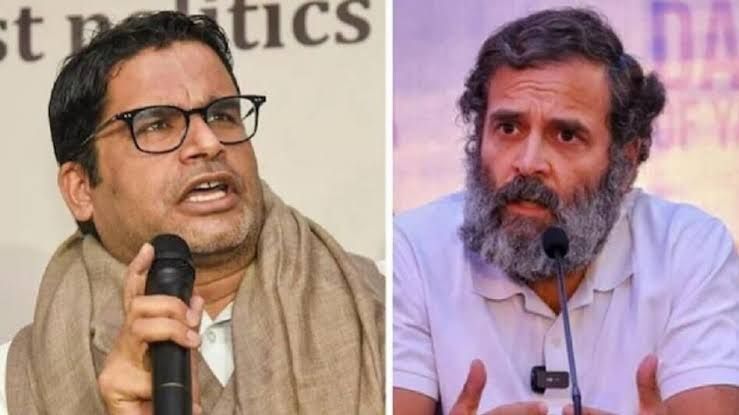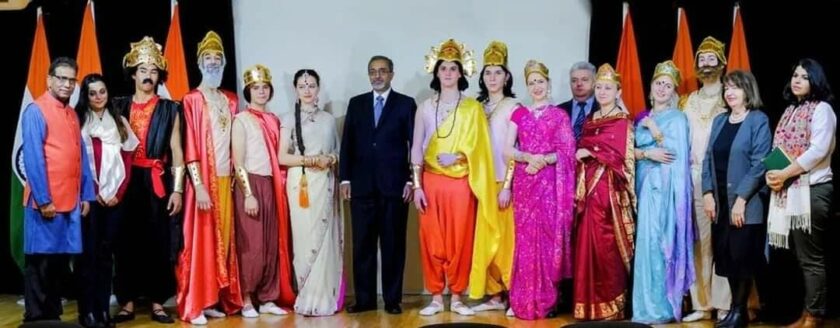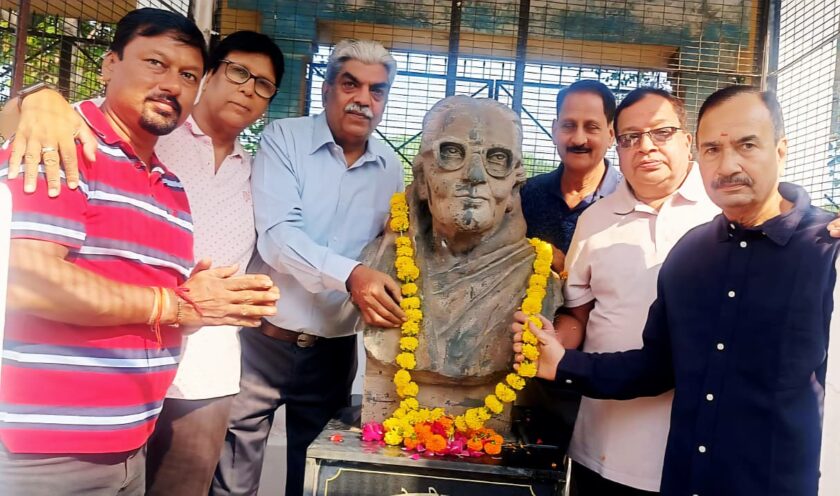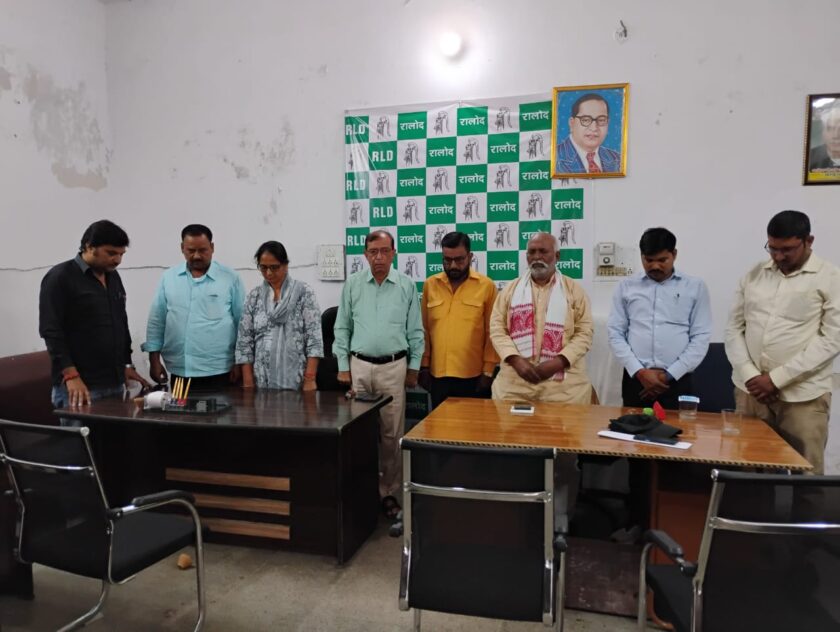New Delhi / Patna: India, a land of diverse landscapes and even more diverse ideologies, has long been a stage for political theater. And what could be more theatrical, more evocative, than the ancient tradition of the padyatra – the foot march? In recent years, we’ve witnessed two such grand processions: Rahul Gandhi’s Bharat Jodo Yatra and Prashant Kishor’s Jan Suraj Padyatra. Both, in their own ways, sought to connect with the masses, to forge a bond between leader and led. But beyond the immediate spectacle, what do these yatras truly represent? Are they genuine attempts at political rejuvenation, or merely elaborate exercises in image management?
The Bharat Jodo Yatra: A Nation Divided, a March for Unity
Rahul Gandhi’s Bharat Jodo Yatra, spanning over 4,000 kilometers from the southern tip of Kanyakumari to the northernmost reaches of Kashmir, was an ambitious undertaking, to say the least. In a nation often characterized by its divisions – religious, caste-based, linguistic – the yatra’s stated aim was to “unite India.” The Congress party, reeling from a series of electoral defeats, sought to reclaim its lost glory, to remind the nation of its secular, inclusive roots.
The yatra was undoubtedly a logistical feat. Thousands of people marched alongside Gandhi, braving heat, dust, and fatigue. Images of Gandhi interacting with ordinary citizens – farmers, laborers, students – filled the media. There was a palpable sense of energy, a feeling that something significant was unfolding.
But what was the message? The Congress, under Gandhi’s leadership, articulated a narrative of a nation under siege. They spoke of the dangers of religious polarization, of the erosion of democratic institutions, of the growing gap between the rich and the poor. The yatra became a platform to criticize the ruling Bharatiya Janata Party (BJP) and its policies.
The Bharat Jodo Yatra, in essence, was a moral and emotional appeal. It sought to tap into the underlying anxieties of a large segment of the population, those who felt marginalized or threatened by the dominant political discourse. It was a call for a return to the values of pluralism and tolerance, values that many believe are enshrined in the Indian Constitution.
The Jan Suraj Padyatra: A Political Strategist’s Second Act
While Rahul Gandhi’s yatra aimed to unite India, Prashant Kishor’s Jan Suraj Padyatra was more regionally focused. Kishor, a former political strategist who had played a key role in the success of several political campaigns, embarked on a 3,500-kilometer journey across his home state of Bihar.
Kishor’s entry into active politics has been a subject of much speculation. After a series of failed negotiations with the Congress party, he chose to chart his own course. The Jan Suraj Padyatra, which translates to “People’s Good Governance March,” was his way of connecting with the people of Bihar, of understanding their concerns and aspirations.
Unlike the Bharat Jodo Yatra, which had a more nationalistic flavor, the Jan Suraj Padyatra was rooted in the specific context of Bihar. Kishor spoke of the state’s endemic problems – poverty, unemployment, corruption. He criticized the long-standing political establishment, including the ruling coalition of Janata Dal (United) and Rashtriya Janata Dal, for their failure to deliver on their promises.
Kishor’s yatra was less about grand ideological pronouncements and more about grassroots mobilization. He held meetings in villages, interacted with youth and farmers, and sought to build a network of supporters. His message was one of change, of a new political alternative that could break the cycle of stagnation and misgovernance.
The Padyatra as a Political Tool: Echoes of the Past
The padyatra is not a new phenomenon in Indian politics. Mahatma Gandhi, the father of the nation, used it extensively during the freedom struggle. His Salt March in 1930, a 240-mile journey to protest the British salt tax, became a defining moment in India’s fight for independence.
In the decades since, several political leaders have employed the padyatra to connect with the masses. YSR Rajasekhara Reddy’s 1,400-kilometer walk across Andhra Pradesh in 2003 is credited with helping him win the state elections. Even L.K. Advani’s Rath Yatra, though not strictly a padyatra, used the symbolism of a journey to mobilize support for the Ram Janmabhoomi movement.

The padyatra holds a powerful symbolic appeal. It conveys a sense of humility, of dedication, of a leader willing to endure hardship for the sake of the people. It allows for a more direct and intimate form of communication, bypassing the filter of the media and the constraints of traditional political rallies.
The Million-Dollar Question: Will it Translate to Votes?
Both the Bharat Jodo Yatra and the Jan Suraj Padyatra succeeded in capturing the nation’s attention. They generated a buzz in the media, sparked conversations on social media, and brought thousands of people out onto the streets. But the crucial question remains: will this translate into votes?
In a democracy, ultimately, it is the ballot box that determines the success or failure of a political endeavor. The yatras may have created a wave of goodwill, but converting that goodwill into electoral victories is a different challenge altogether.
For Rahul Gandhi, the Bharat Jodo Yatra was a chance to resurrect his political career and revive the fortunes of the Congress party. The party has been in decline for several years, struggling to find a coherent message and connect with a new generation of voters. The yatra provided Gandhi with a platform to showcase his leadership skills, to articulate his vision for India, and to build a personal connection with the people.
However, the Congress faces a formidable challenge in the form of the BJP, which has emerged as the dominant political force in the country. The BJP, under the leadership of Narendra Modi, has been highly effective in mobilizing its base, in setting the political agenda, and in winning elections. Overcoming this challenge will require more than just a successful yatra. It will require a comprehensive strategy, a clear and compelling message, and a united and energized party organization.
For Prashant Kishor, the Jan Suraj Padyatra is a stepping stone towards the formation of a new political entity. He has made it clear that he intends to play a long-term role in Bihar politics. The yatra is his way of laying the groundwork, of building a base of support, and of identifying potential leaders.
Kishor’s challenge is different from Gandhi’s. He is not trying to revive an existing party but to create a new one from scratch. This requires not only mobilizing people but also building institutions, developing a coherent ideology, and attracting talented individuals. Bihar’s political landscape is complex and deeply entrenched, and breaking through will not be easy.
Beyond the Spectacle: The Enduring Power of Connection
Regardless of their electoral outcomes, both the Bharat Jodo Yatra and the Jan Suraj Padyatra highlight the enduring power of human connection in politics. In an age of social media and digital communication, the simple act of walking and talking to people can still have a profound impact.
These yatras remind us that politics is not just about policies and strategies; it is also about emotions, about values, and about the ability to connect with people on a personal level. They remind us that leaders must be willing to step outside the confines of their offices and engage with the realities of everyday life.
The true legacy of these yatras may not be measured in the number of seats won or lost in the next election. It may lie in the conversations they sparked, the connections they forged, and the hope they inspired. In a nation as diverse and complex as India, the need for dialogue, for understanding, and for empathy is greater than ever. And perhaps, in their own ways, these marches have contributed to that vital cause.






